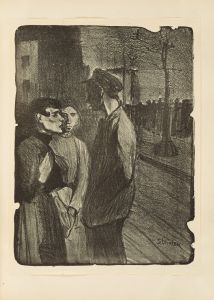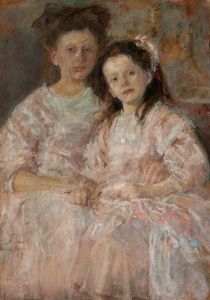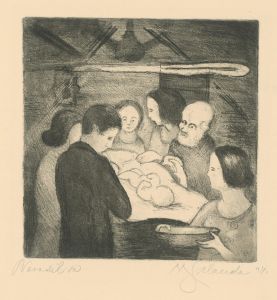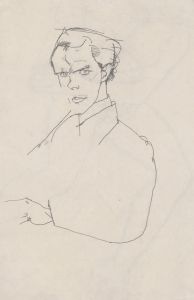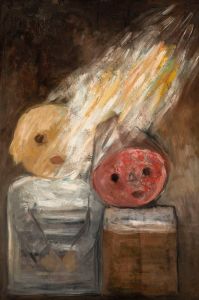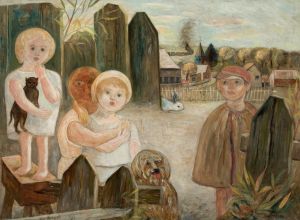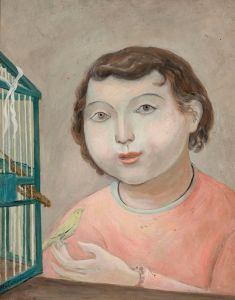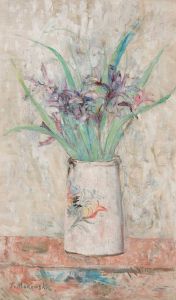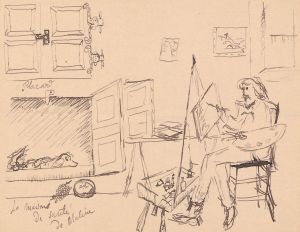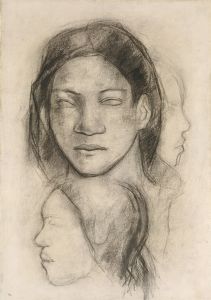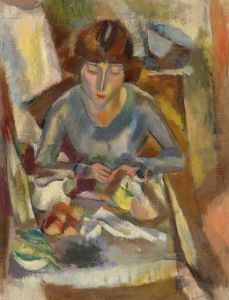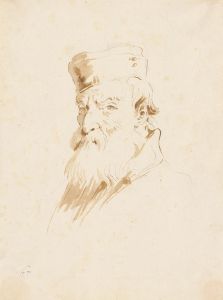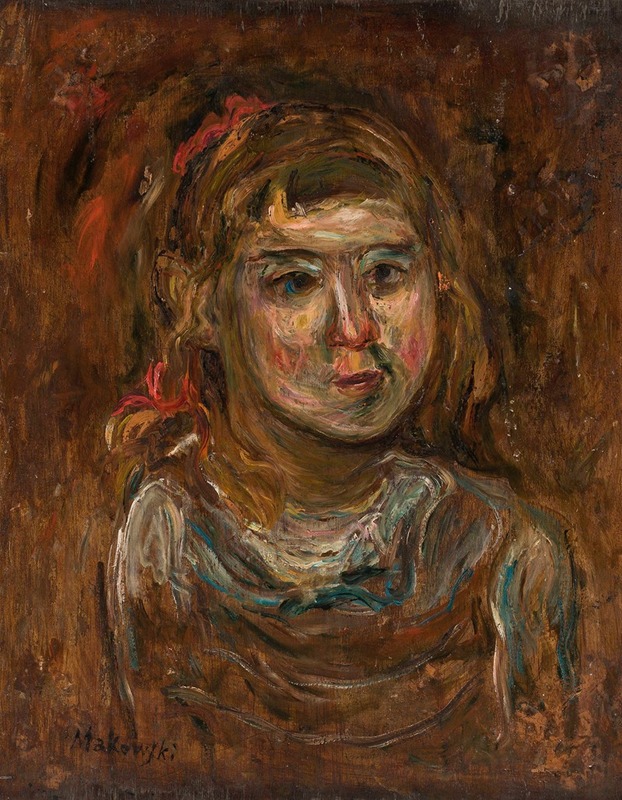
Little girl with a red ribbon
A hand-painted replica of Tadeusz Makowski’s masterpiece Little girl with a red ribbon, meticulously crafted by professional artists to capture the true essence of the original. Each piece is created with museum-quality canvas and rare mineral pigments, carefully painted by experienced artists with delicate brushstrokes and rich, layered colors to perfectly recreate the texture of the original artwork. Unlike machine-printed reproductions, this hand-painted version brings the painting to life, infused with the artist’s emotions and skill in every stroke. Whether for personal collection or home decoration, it instantly elevates the artistic atmosphere of any space.
Tadeusz Makowski was a Polish painter known for his unique style that combined elements of folk art, symbolism, and modernism. He spent a significant portion of his career in France, where he was influenced by the avant-garde movements of the early 20th century. Makowski's work often depicted scenes of everyday life, characterized by a whimsical and childlike quality.
"Little Girl with a Red Ribbon" is one of Makowski's notable works, although specific details about the painting, such as its creation date, dimensions, and current location, are not widely documented. The painting is representative of Makowski's style, which often featured children as subjects. His portrayal of children was not merely literal but imbued with a sense of innocence and simplicity, reflecting his interest in capturing the essence of childhood.
Makowski's artistic journey began in Kraków, where he studied at the Academy of Fine Arts. His early work was influenced by the Young Poland movement, which emphasized a return to folk traditions and a focus on national identity. However, after moving to Paris in 1908, Makowski's style evolved as he encountered the works of artists like Pablo Picasso and Georges Braque. The influence of Cubism is evident in his later works, where he experimented with geometric forms and a more abstract approach.
In "Little Girl with a Red Ribbon," Makowski's use of color and form is noteworthy. The red ribbon, a focal point of the painting, draws attention to the subject and adds a vibrant contrast to the otherwise muted palette. This use of a singular bright color is a technique Makowski employed to highlight specific elements within his compositions. The girl's expression and posture convey a sense of introspection, a common theme in Makowski's portraits of children.
Makowski's work is often associated with a sense of nostalgia and a longing for the simplicity of rural life. His paintings frequently include motifs from Polish folklore and childhood memories, creating a bridge between his Polish heritage and his experiences in France. Despite the modern influences in his work, Makowski maintained a connection to traditional themes, which resonated with audiences both in Poland and abroad.
Throughout his career, Makowski exhibited his work in various galleries and salons, gaining recognition for his distinctive style. His contributions to the art world were significant, as he managed to blend elements of different artistic movements while maintaining a unique voice. Makowski's paintings, including "Little Girl with a Red Ribbon," continue to be appreciated for their emotional depth and artistic innovation.
While specific information about "Little Girl with a Red Ribbon" may be limited, the painting remains an important part of Makowski's oeuvre. It exemplifies his ability to capture the essence of his subjects with simplicity and grace, leaving a lasting impression on those who view his work. Makowski's legacy as an artist is marked by his ability to transcend cultural boundaries and create art that speaks to universal themes of innocence and nostalgia.





